A share certificate, which is produced and issued by a company, certifies on a certain date that a person is the registered owner of shares in that company. The key information shown on the certificate includes the name and address of the shareholder, the class of shares and number of shares held.
In terms of the Companies Act 2006, it is considered prima facie evidence (‘sufficient evidence unless the contrary is shown’ in Scotland) of the member’s ownership of shares in the company.
However, while a share certificate may be issued by a company, it is an entry in the register of members that provides legal proof of ownership of shares in the company: whenever dealing with share certificates, therefore, it’s important also to refer to the register of members to make sure the two are consistent.
Create beautiful share certificates in Inform Direct
Easily create company branded share certificates! Get started with our free template or purchase one of our professionally-designed templates for unlimited use.
When does a share certificate need to be issued?
Subject to any provision to the contrary in the company’s articles of association, there is a legal time limit for issuing a share certificate. After your initial company registration, company share certificates must be issued to shareholders within two months – this is usually done as part of the first board meeting. A company must thereafter, within two months of allotting shares, issue the share certificate representing those shares. The same two month time limit applies following any transfer of shares.
While share certificates should be issued to the registered holder, there is no need to send a copy of the share certificate to Companies House or HMRC.
What information is shown on a share certificate?
The information that should be included as part of a share certificate template is:
- a unique share certificate number
- the company’s name and company registration number
- the registered office address of the company
- the name of the shareholder
- the contact address of the shareholder
- the number of shares covered by the share certificate
- the type or class of shares
- the extent to which the shares are paid up (usually shares will be fully paid, but sometimes you’ll come across unpaid shares)
A good share certificate template will include space for all of these. Better still, good software will automatically populate a share certificate template with the required information from details already held. Here’s some examples of professional certificates you can produce using Inform Direct.
A share certificate should be signed by:
- Two company directors; or
- One director and the company secretary; or
- For companies with a single director and no company secretary, the company director in the presence of a witness who attests to his or her signature.
If your limited company has a company seal, this can be stamped on the share certificate in the presence of any of the same combinations of officers listed above.
Each share certificate should be dated on issue.
Are there any other rules for issuing share certificates?
Before issuing share certificates, it’s worth checking the company’s articles of association for any specific requirements.
The standard practice is for a company to issue a single share certificate in respect of all the shares issued at a particular time, although a shareholder can request split share certificates. The other main case where more than one share certificate will be needed is where share certificates represent holdings in more than one share class – even if they are owned by the same shareholder, you’ll need to issue a separate share certificate for the shares in each class.
For a joint shareholding, while it’s good to include the name of each separate holder on the certificate, only the address of the first named holder needs to be shown. You also only need to issue one share certificate for a joint shareholding – with the certificate sent to the first named holder rather than a separate certificate to each joint shareholder.
There are also further requirements for listed companies.
In another article we look at a number of scenarios involving share certificates, including what to do when shares are transferred. We also take a look at what to do when a share certificate is lost and a replacement is needed.
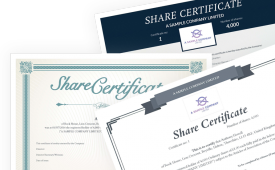
Choose from our range of beautiful templates and create compliant share certificates the easy way
A previous version of this article was originally published on September 20, 2018.

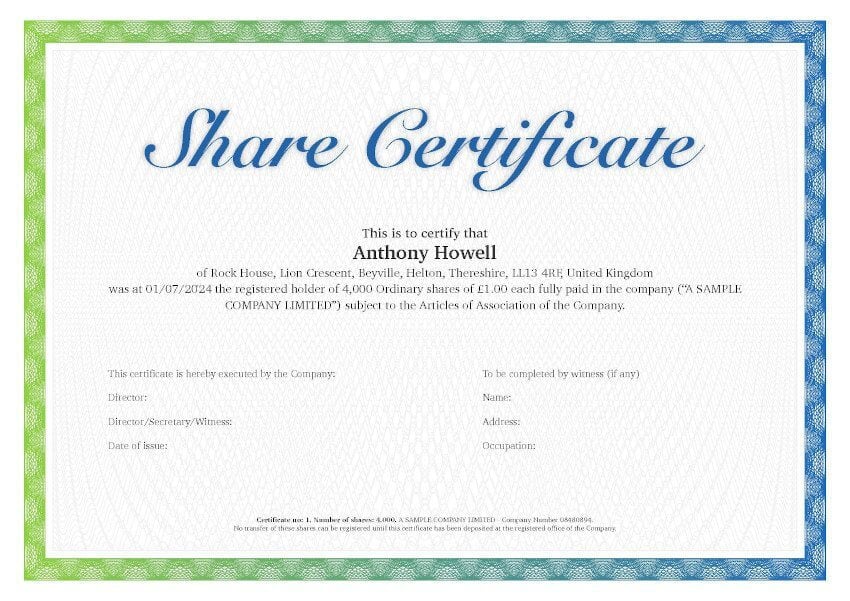
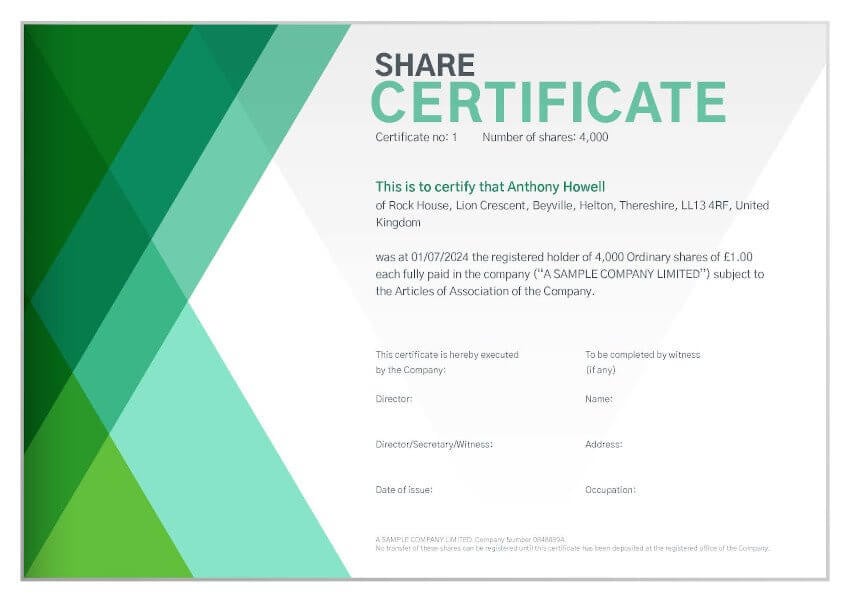
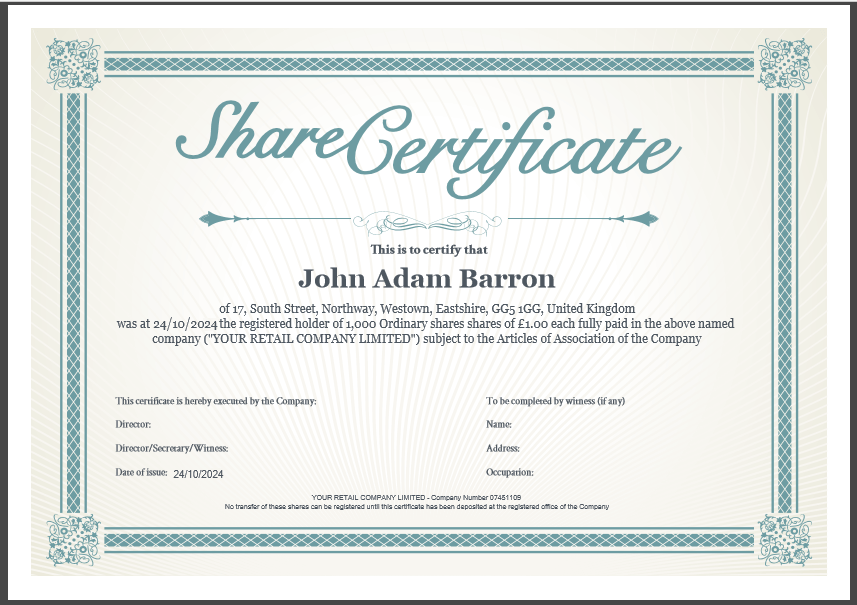
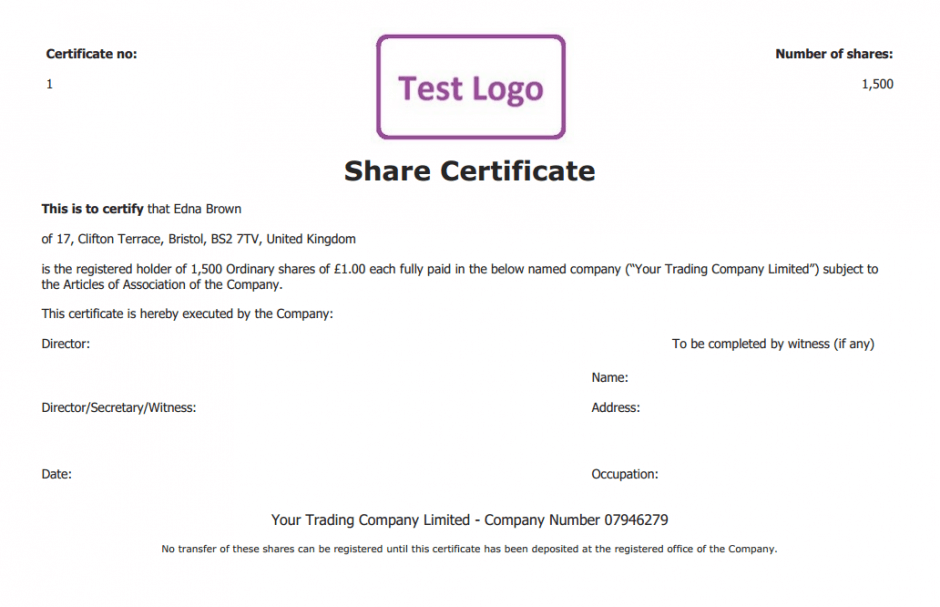
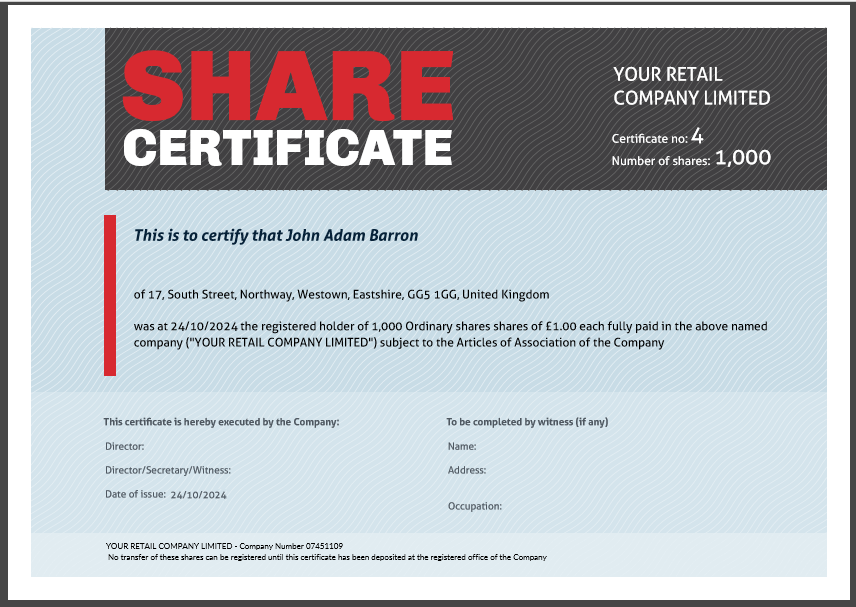
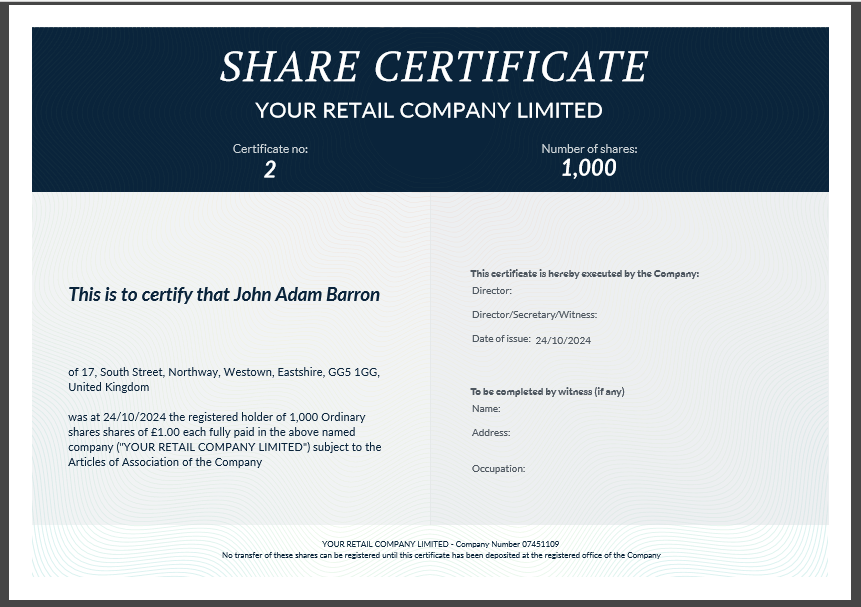
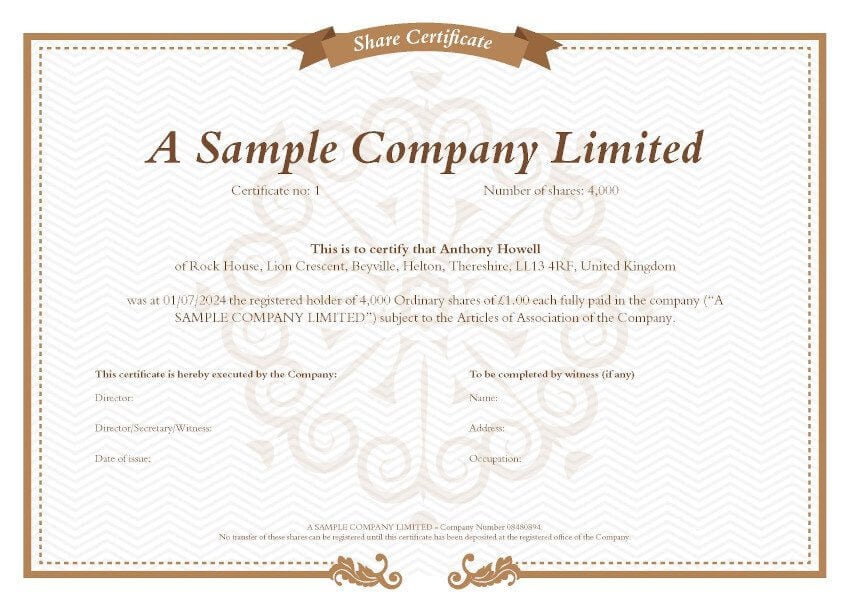
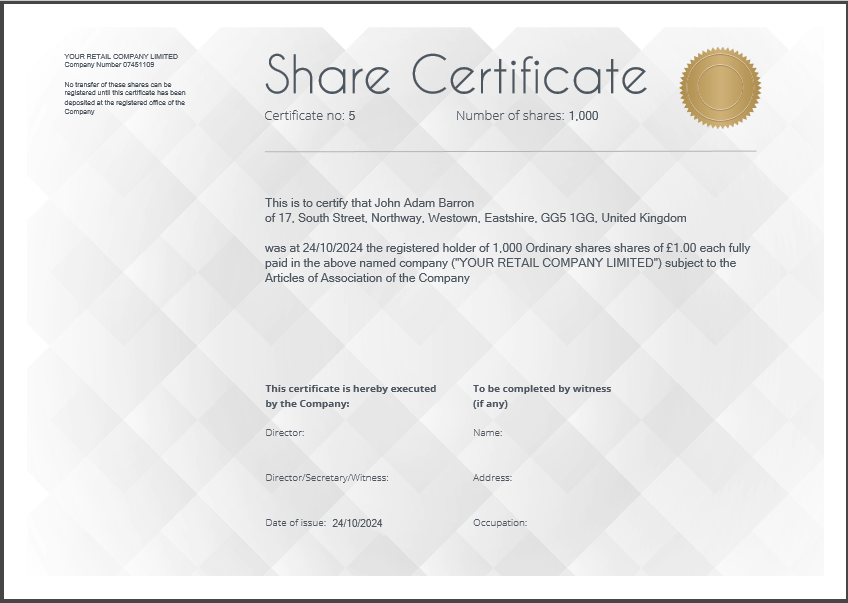
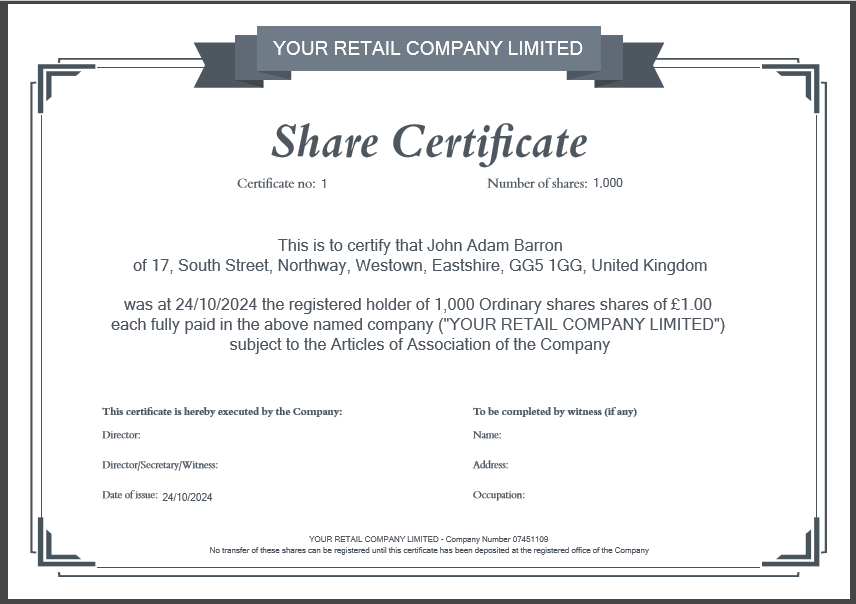
Excellent article – explained very clearly what as required and by when.Well done and thank you.
Really glad you’ve found the article useful, Phillip. Thanks for commenting!
It is really helpful.
Very educative article, has really assisted me in processing of share certificates for our new company.